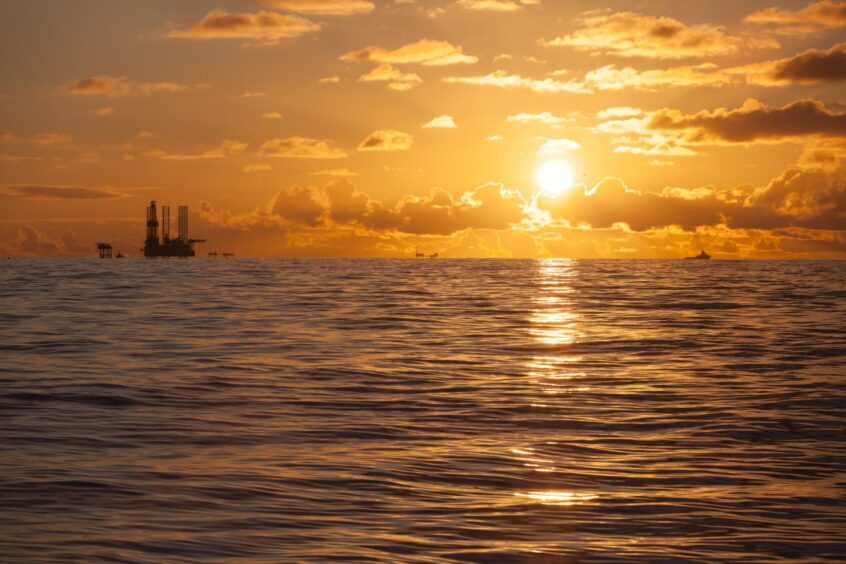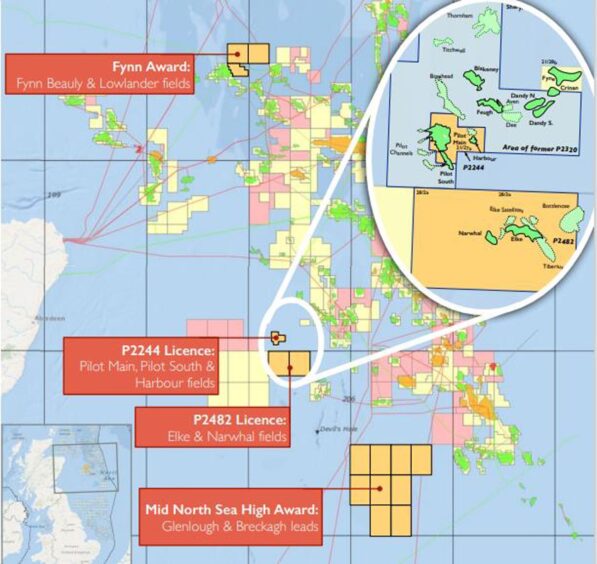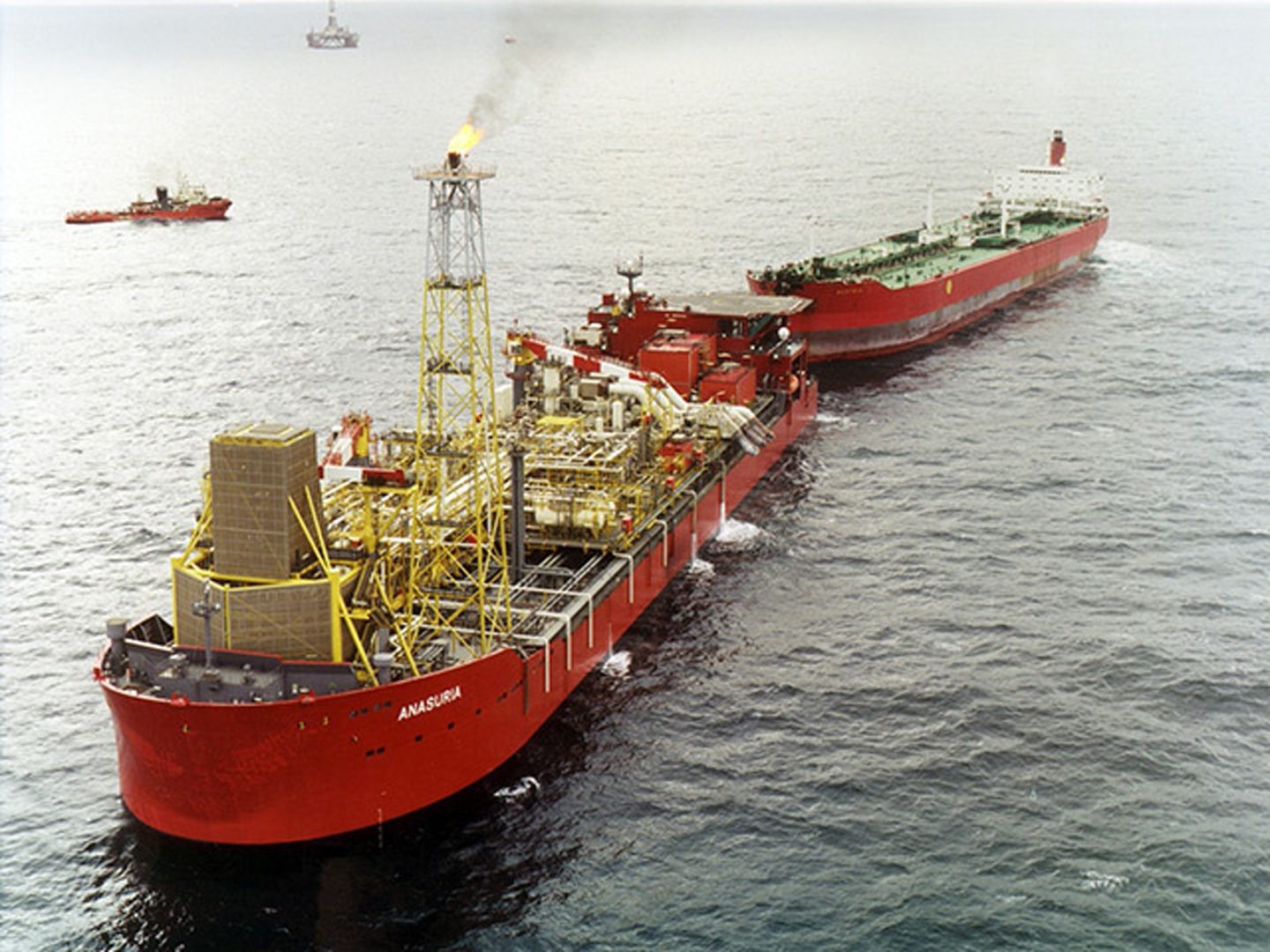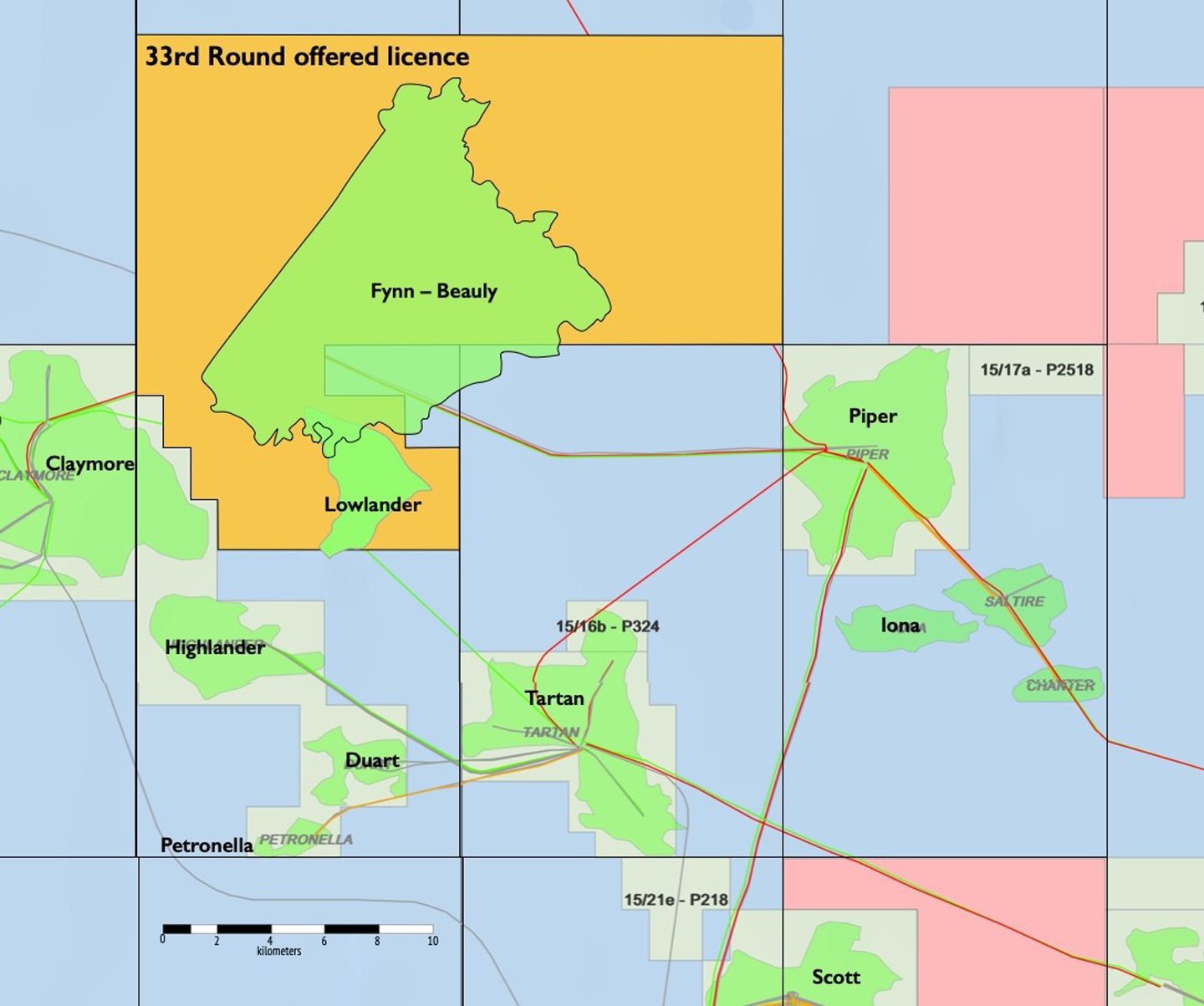
The chief executive officer of North Sea oil and gas firm Orcadian Energy (AIM:ORCA) says the company’s Elke prospect could be a bigger development than its Pilot field.
Speaking during an investor update, Orcadian CEO Steve Brown said the company wants to maximise the value of Elke and the nearby Narwhal prospect.
The two prospects contain an estimated 53 million barrels of contingent resources, while the Pilot field contains an estimated 79 million barrels.
But Mr Brown said there are appraisal and exploration opportunities close to Elke which could “easily double” its resource base.
“We think actually Elke could be a bigger development than Pilot,” he said.
“We’re excited about Elke and we’re focused on how we can move that forward as fast as possible.”
Pilot field first oil possible by 2028
Meanwhile, Mr Brown said Orcadian and its partner Ping Petroleum could feasibly achieve first oil at the site by 2028.
Orcadian Energy recently completed a farm-out deal for 81.25% of the licence covering the Pilot field with Malaysia’s Ping Petroleum, and Mr Brown said the firms expect to have a field development plan (FDP) submitted and approved by 2025.
The North Sea Transition Authority (NSTA) regulator recently granted a conditional extension to the licence covering Pilot to November 2025.
Mr Brown said the primary focus for Orcadian now is to support Ping in selecting the right vessel to produce the Pilot field, which it expects to be electrified using either a dedicated wind turbine or nearby planned wind farm developments.
Orcadian Energy: Electrification to bring ‘big changes’ to North Sea
Mr Brown said the North Sea will soon be split into two groups covering electrified and non-electrified fields, and “it will be the electrified fields that everyone wants to own”.
“There’s some big changes coming for the North Sea,” he said.
“If you own production in an asset that is not going to electrify, you’re not going to be able to push out the COP [cessation of production] date any longer.
“Those are going to become very difficult assets to own, but new electrified developments will be the ones people want in the future.”
Orcadian and Ping are also pursuing a phased development approach to Pilot, drilling five wells before first oil and a subsequent five wells afterwards.
A total of 22 platform wells will be drilled to complete the development, Mr Brown said.
Orcadian is also confident in its approach to pursue a polymer flood technique for the development, similar to the approach taken by Ithaca Energy for its Captain project.
Mr Brown said Ithaca has enjoyed “consistent success [applying polymer flood] across the Captain field”.
“We’re very confident that this is the right way to develop this field,” he said.
33rd NSTA Licensing Round
Elsewhere, Mr Brown said the company is also optimistic about several recent licence awards it received in the first two tranches of the latest North Sea licensing round.
Orcadian was one of the big winners in the 33rd round, securing nine blocks spread across two separate licences in the Central North Sea in separate partnerships with Parkmead Group and Australia’s Triangle Energy.
Orcadian will partner with operator Parkmead Group (AIM:PMG) on a series of blocks which contains a “very substantial” heavy oil discovery at Fynn.
Alongside six other undeveloped oil discoveries within the licence, the Fynn licence contains estimated gross P50 contingent recoverable resource of 292 million barrels.
Meanwhile, in its other partnership with Triangle Energy (ASX:TEG), Orcadian estimates the ‘Mid-North Sea High’ (MNSH) could contain up to 336 bcf of gross prospective recoverable resource on a P50 basis.
After its success in the first two tranches, Mr Brown said Orcadian is confident it will receive a further licence award in the third tranche covering the Southern North Sea (SNS).
Orcadian said its SNS application “includes a discovery with 114 bcf of sales gas which could be developed as a potential gas-to-wire project, with integrated carbon capture, which could deliver baseload electricity with minimal emissions and a compelling prospect with 153 bcf of prospective resources”.
Mr Brown said he expects the NSTA to announce the final tranche of licenses in late April or early May this year.
Recommended for you


 © Supplied by Orcadian Energy
© Supplied by Orcadian Energy © Supplied by -
© Supplied by - © Supplied by Orcadian Energy
© Supplied by Orcadian Energy